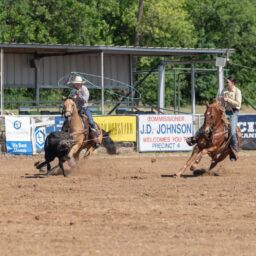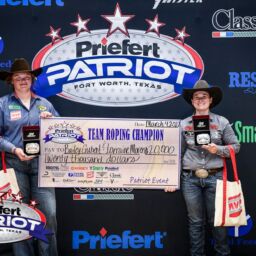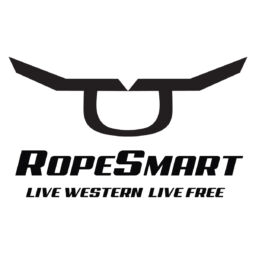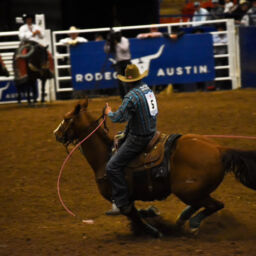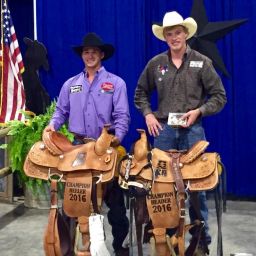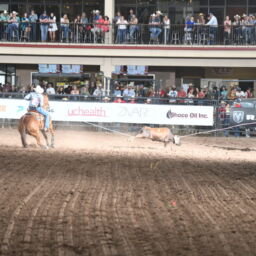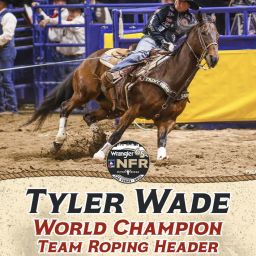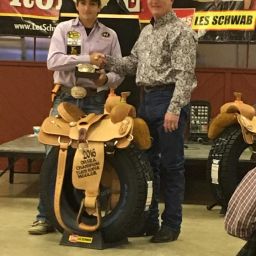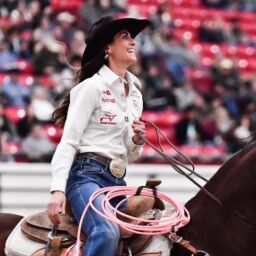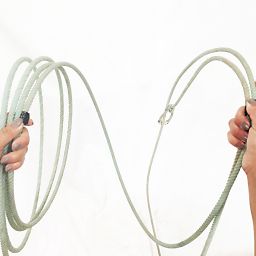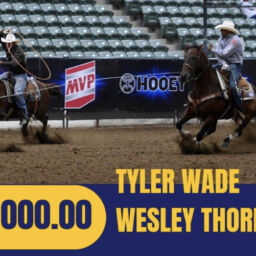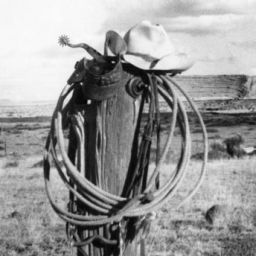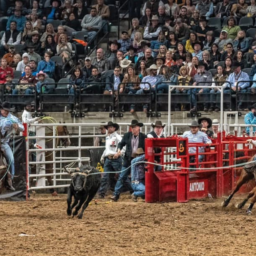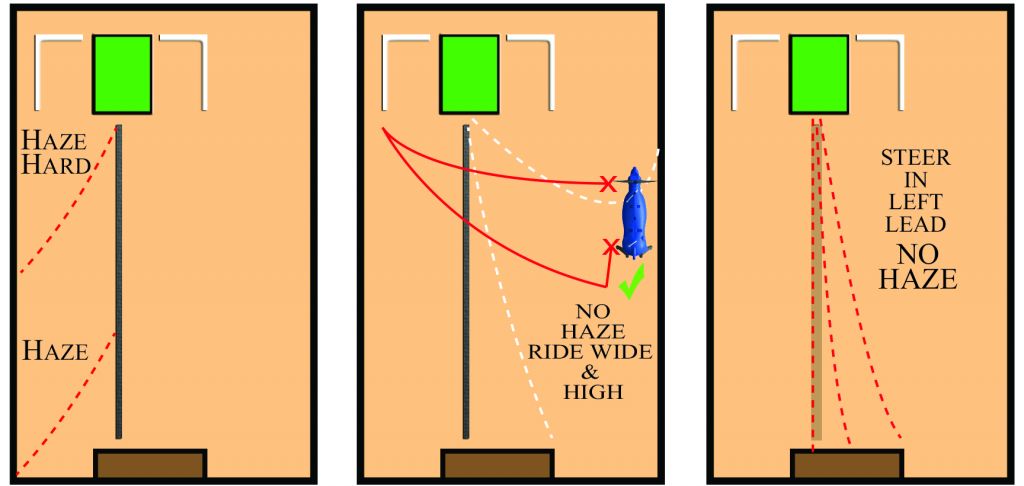
What the Haze! Well headers are always blaming the heeler when they miss, and heelers are always complaining about bad handles, and never getting a spin. Well this tip is being directed back at the heelers, not to clear headers totally, but a tip for heelers to help the header out, and ultimately give a heeler better handles. So much emphasis is put on just getting the loop on and turning, getting two feet every time, and if someone misses that’s where the blame lies. At RopeSmart we break things down to the foundation and many times one small thing affects 3 or 4 other small things, bringing about great change and success. Today we are going to cover the importance, definition, when to haze a steer, and how it effects the run. First let’s all get on the same page with the term “haze a steer”. To haze is to influence the direction of the steer by either the header or heeler, but whatever means available. Let us be clear here. If you are going to haze, don’t be shy about it. If you do not influence the direction of the steer, you did not haze him. Doing a whole lot of the same thing doesn’t make it better, so if at first it doesn’t work, do something else. When I say “do not be shy “ I simply mean, use your voice, your horse, kick ride scream if ya have to. It could very well mean a win or not. A rerun will not be awarded because a steer faded to the right and your header missed him, or caught and whipped him causing you to miss. That is simply a no time, go home, money gone, see ya next time, audios, and not your horses fault either. Look at driving in traffic for a second. If a car comes into your lane you move, and it’s a good idea to honk your horn, or haze em back. Hazing a steer is very similar. In rodeo the best example, and most intense job of hazing is not even in team roping, think of how important it is in steer wrestling. Bad hazing results in some major wrecks which are only good for the spectator. So heelers let’s get ready to be intense! When we look at why it is important to haze, it can consume the entirety of the run. We are going to cover a few and get you on track, and the benefits will start to show themselves in many other areas. On the head side we all love a straight running, high headed steer that moves up the rope like it’s on a leash. However that’s not every trip, but it could nearly be if we worked as a team to keep them in the middle. We have a very common problem today with cattle breaking right going towards the nearest wall and funnel to the end of the arena. A few problems this causes are: Pinch the heeler off- Head horse having to travel right in the LEFT lead, destroys the good angles producing bad handles, loss of head ropes (missed or lost dallies) due to rapid separation between horse and steer, to name a few. It is not easy for a head horse to chase one to the right, nor for a headed to reach way right. So why do we see so very few heelers hazing their butts off to keep them straight or slightly left for the header? I believe it is because so few heelers understand how it effects the run or simply don’t think about it every run. It should be just as important for a heeler to immediately influence the position of the steer, as it is for the headed to not break the barrier. One it makes the steer easy to head, and two, gives the heeler a much higher percentage shot. When making rodeo runs an aggressive haze with a slight left, puts the steer in the left lead and makes him handle so much better.This why you see so many great heelers haze really well. Deciding when to and when not to haze takes some strategy as well as just good defining points that apply to every run. When jackpotting I approach the run with this rule: When a steer breaks I want him running straight up the arena, so if the steer takes on step across that line I start to haze. I may only holler at him once or I may have to drive up higher than I like and yell a lot. I do not want to lose my width affecting my corner and will do everything not to, but if I do get squeezed off, I quit swinging to prevent hitting the headers loop and slide back. If this happens and the steer is roped I hold out the first two jumps away from the wall to allow me to regain good position on the entry again. If a steer comes out and moves left hard, I don’t go at them but drive hard, wide, and up the arena almost past them. This allows me a chance to get square before they get free on the headers rope. It also prevents me from being inside the steer or influencing him in the wrong direction further. In these situations I try to forget the shape of the arena and only think of my shape in relation to the steer. Almost as if out in a wide open pasture. In rodeo runs the initial haze and influence of the steers lead, can dictate being fast or no time. A steer running in the right lead hits hard in the corner and the feet often do not land together (one forward one back) many times causing even a great loop to hit the leg and produce a single or miss, that otherwise would have been perfect. We see this dilemma every year at the NFR. Bottom line is when needing to be fast, a steer moving right and away from a header is the worst. Now as we look at the influence of the steers direction during a run it is now probably quite obvious that as a heeler we can really help a header, help us. Instead of sitting on our pockets until the steer is caught we should be looking at how we can make or break the run. If we choose to be out of the picture and let the steer dictate the run, we will always be random in our success. Let’s just list a few problems that arise from letting a steer get right or push one too hard left: Wave offs- Loops hitting each other- bad handles- longer times – complete misses – split horns- missed dallies- harder hits to horses. In closing remember this: It is not the majority of the steers that let you win, so why slip back and let one beat you to the wall without saying a word to him? If you want to win, make the most out of every run. Open up and control what you can, when you can, and let me remind you it only takes one to send you home. So the next time you rope….tell me what the HAZE!


